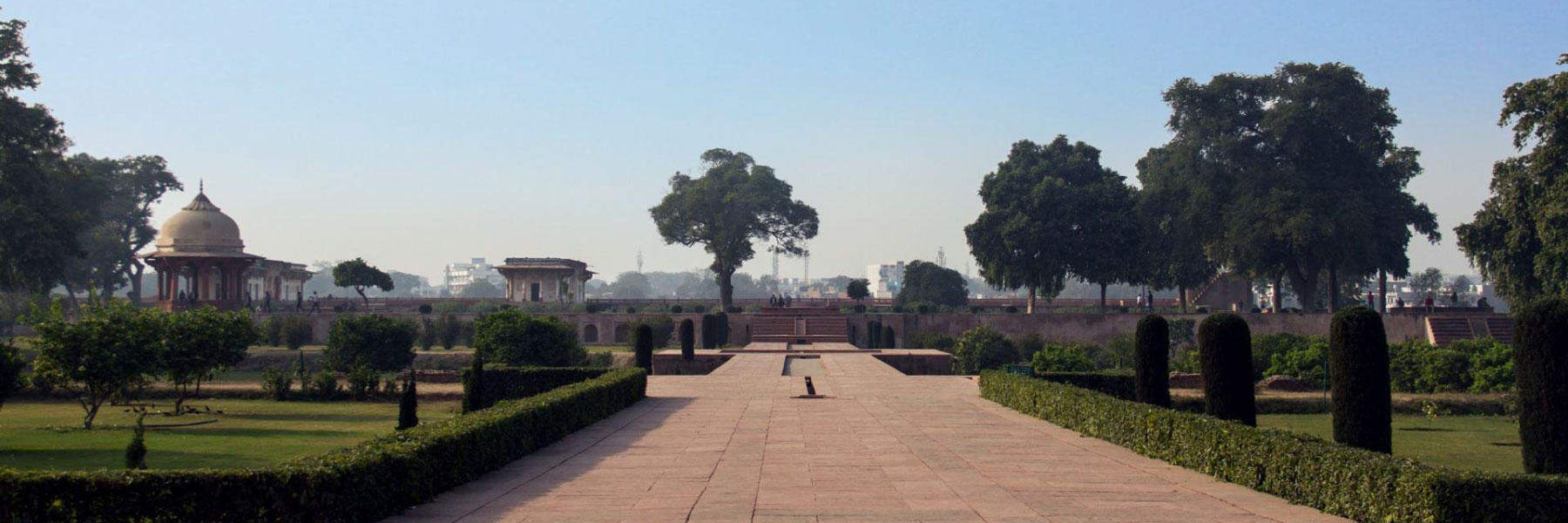
Sorry, we couldn't find anything that matches your search.
Destination

Famous Places to Explore in Hyderabad
A vibrant city with the imposing...

Raipur Tourist Places | Best Place to Visit
The stronghold of several erstwhile...

Ahmedabad
Declared as India's first UNESCO World...
#
A Mughal garden believed to have been designed by emperor Babur and later renovated by his great-granddaughter-in-law empress Nur Jahan, Ram Bagh is said to be the oldest Mughal garden in the country. The concept of pleasure gardens among the Mughals, it is said, relates to the notion of creating an image of paradise on earth. Ram Bagh, originally believed to have been named Araam Bagh (garden of rest), is a fine example of Islamic landscape architecture and design. Located about 5 km away from the Taj Mahal, this is where Babur is believed to have been buried temporarily, before he was taken to his final resting place in Kabul, Afghanistan.
The layout of the garden is not premised on the charbagh pattern typical to the Mughals, comprising four main divisions criss-crossed by waterways and footpaths, but instead the pattern of Bagh Hasht-Behisht. Three levels are maintained: one for vegetables and flowers, one for flowerbeds and one for structures, tanks and terraces. It features several Persian influences, and was designed to make very intelligent use of water from River Yamuna, distributing it across the expanse using cascades and maintaining cooler temperatures even during hot summer days. Fountains and pavilions lie on either side of the main water channel, and the entire garden is enclosed by walls, with corner towers topped by pillared pavilions. Ram Bagh is open from sunrise to sunset.








